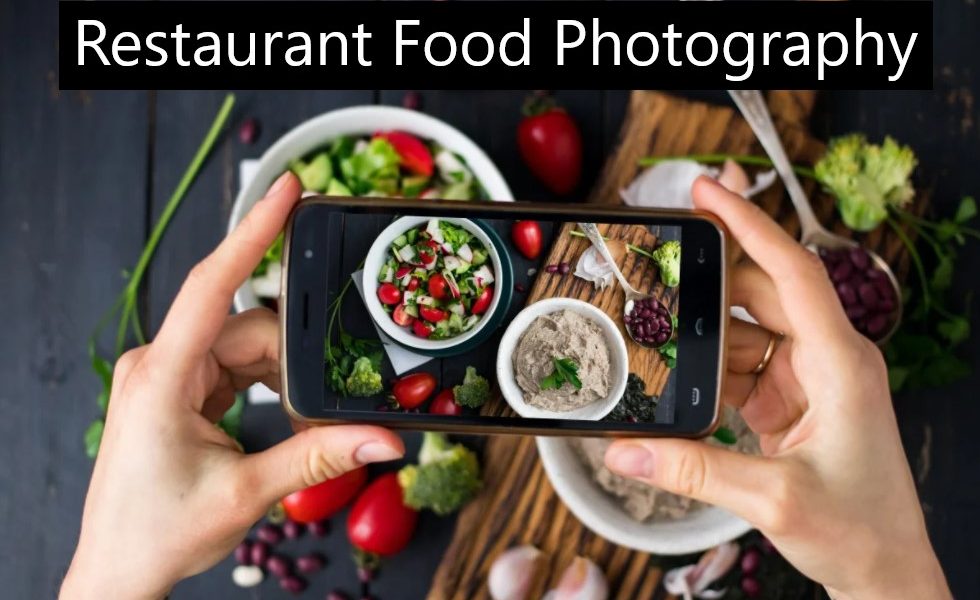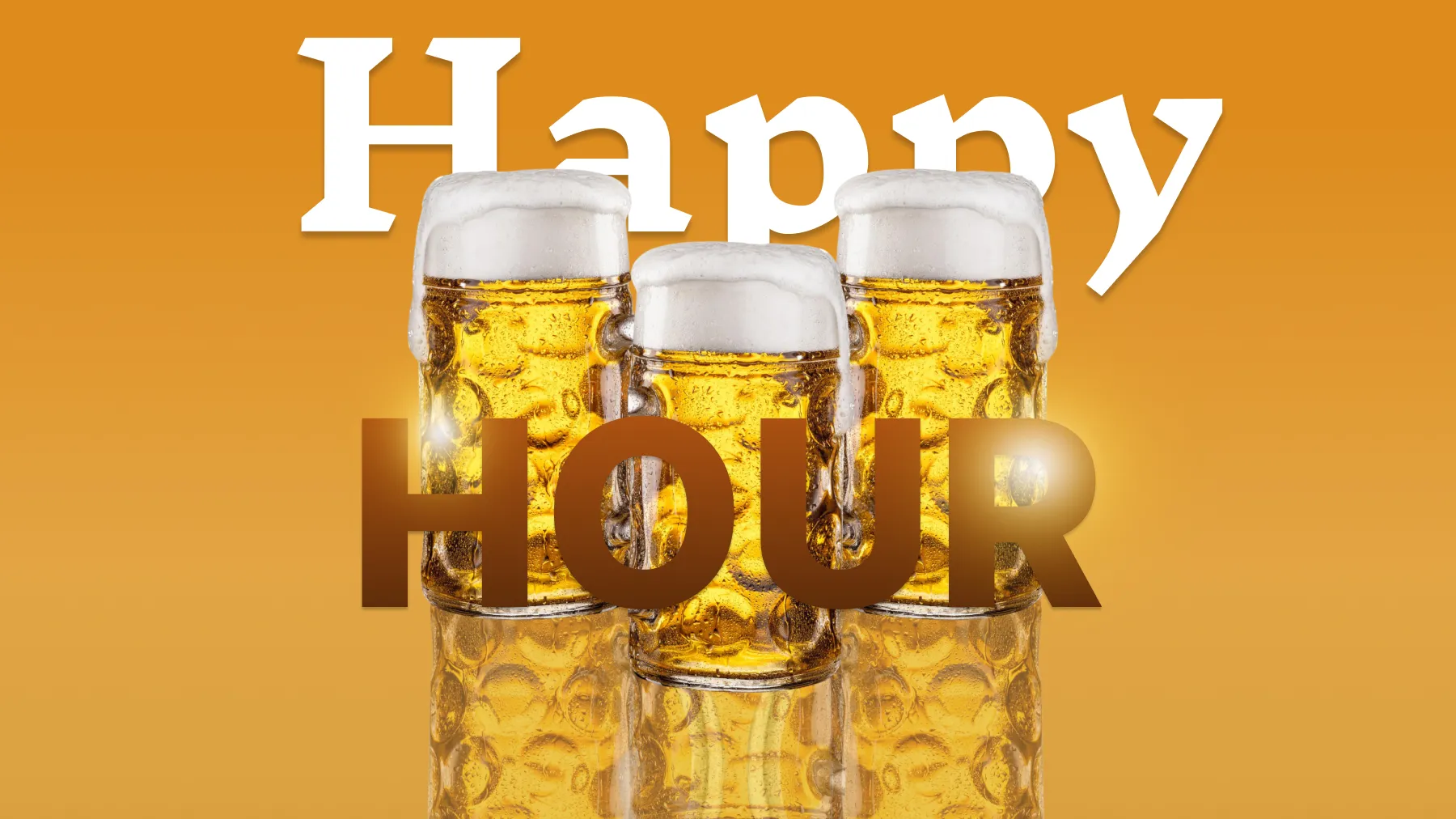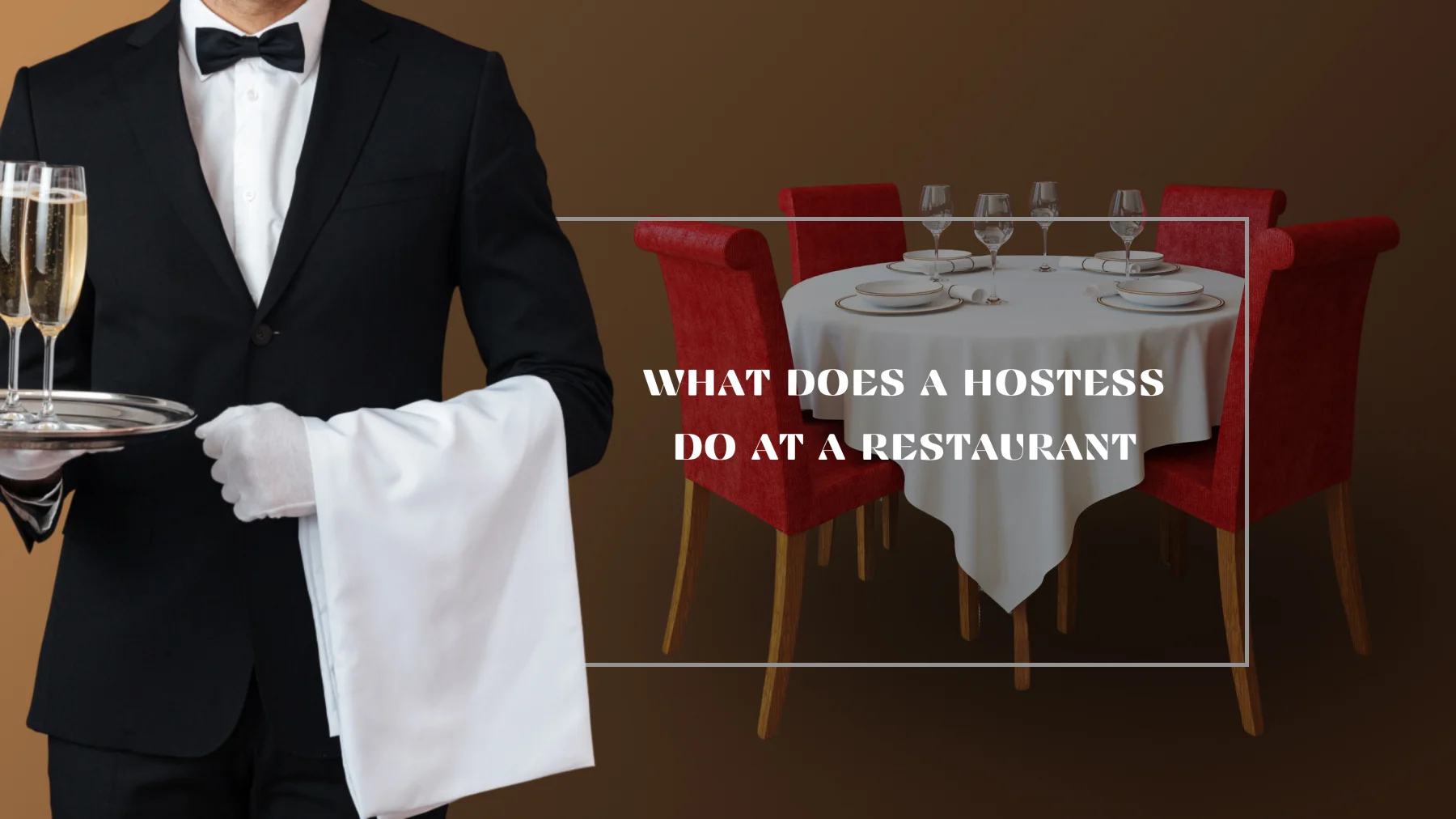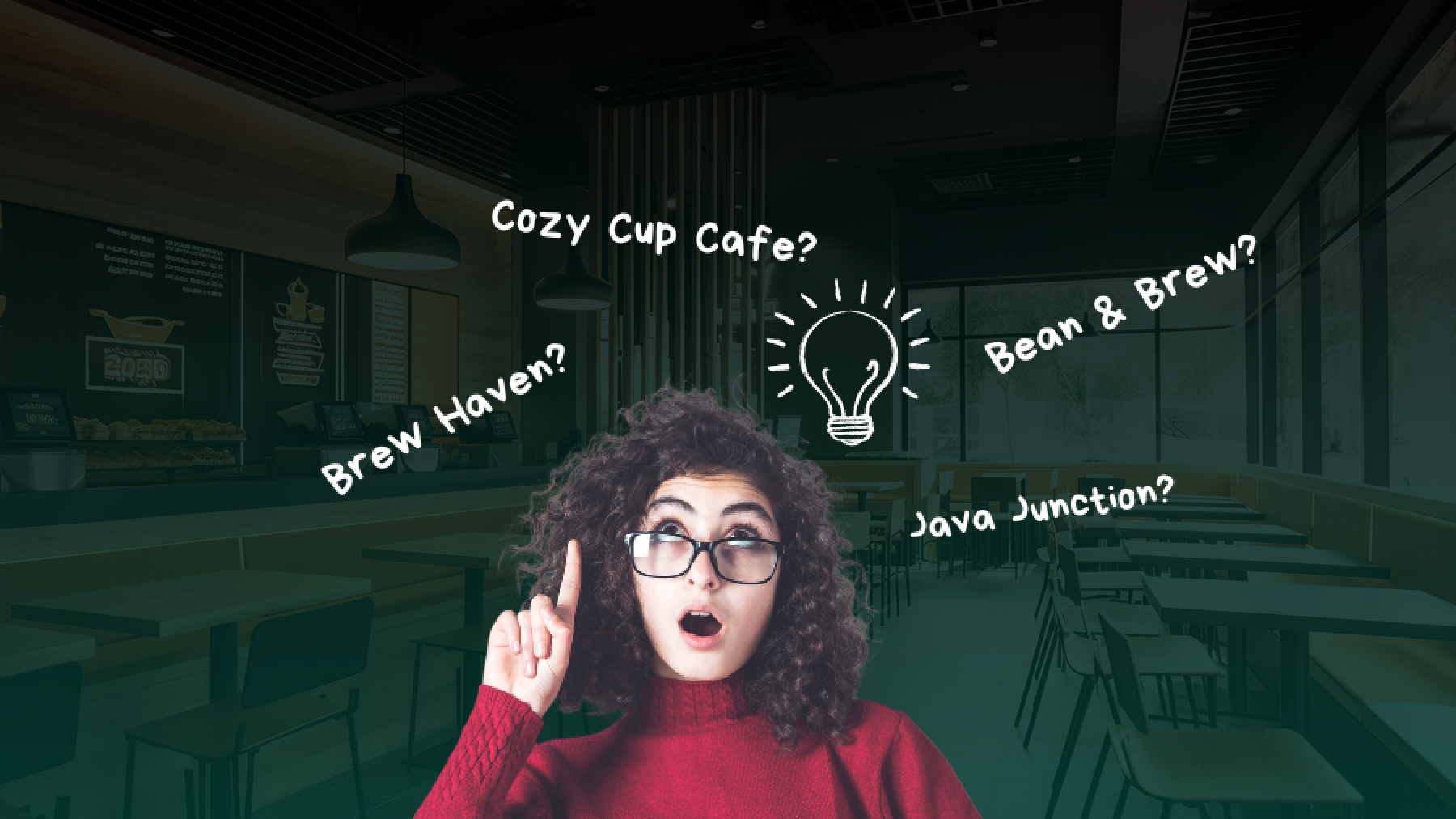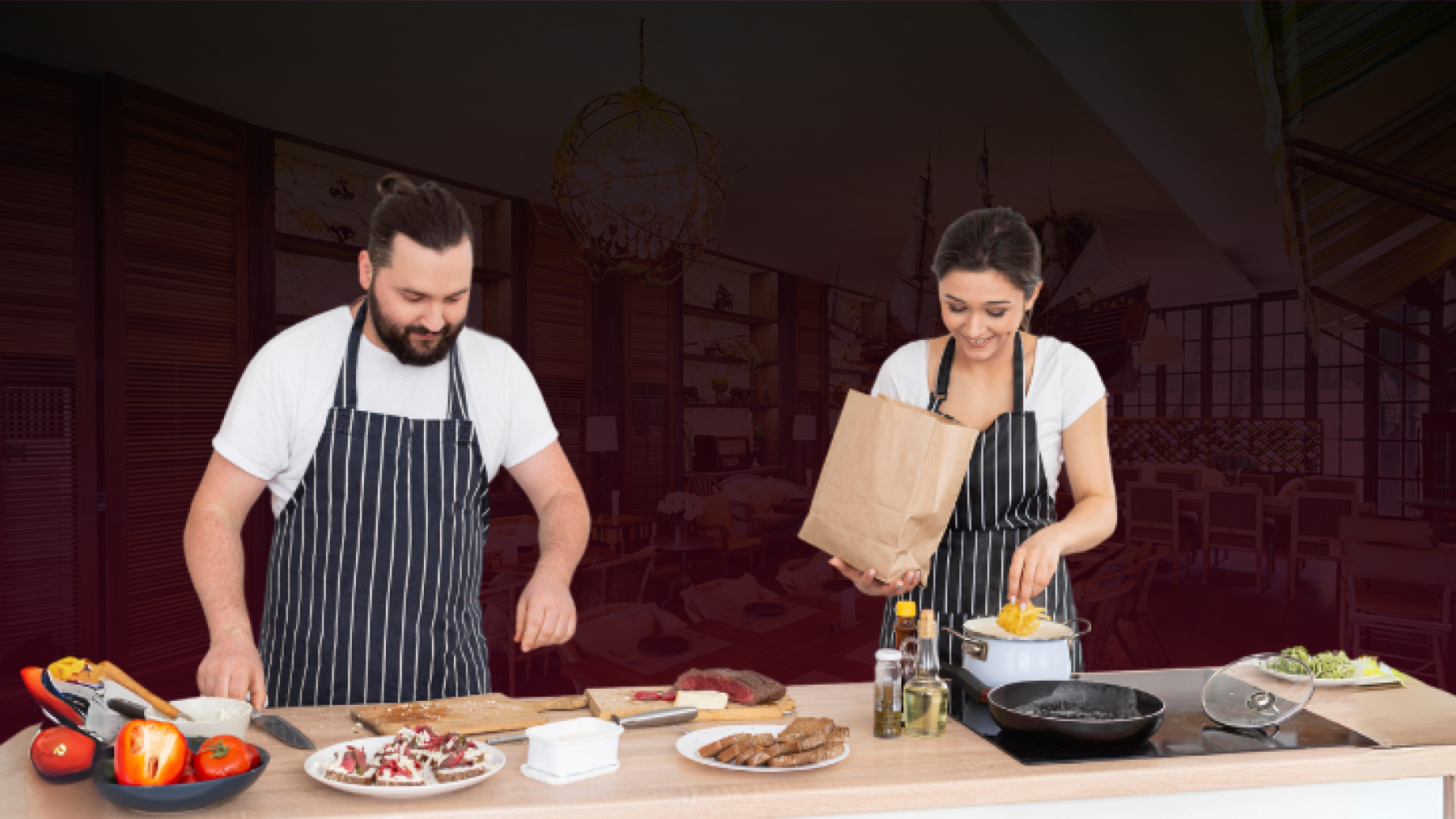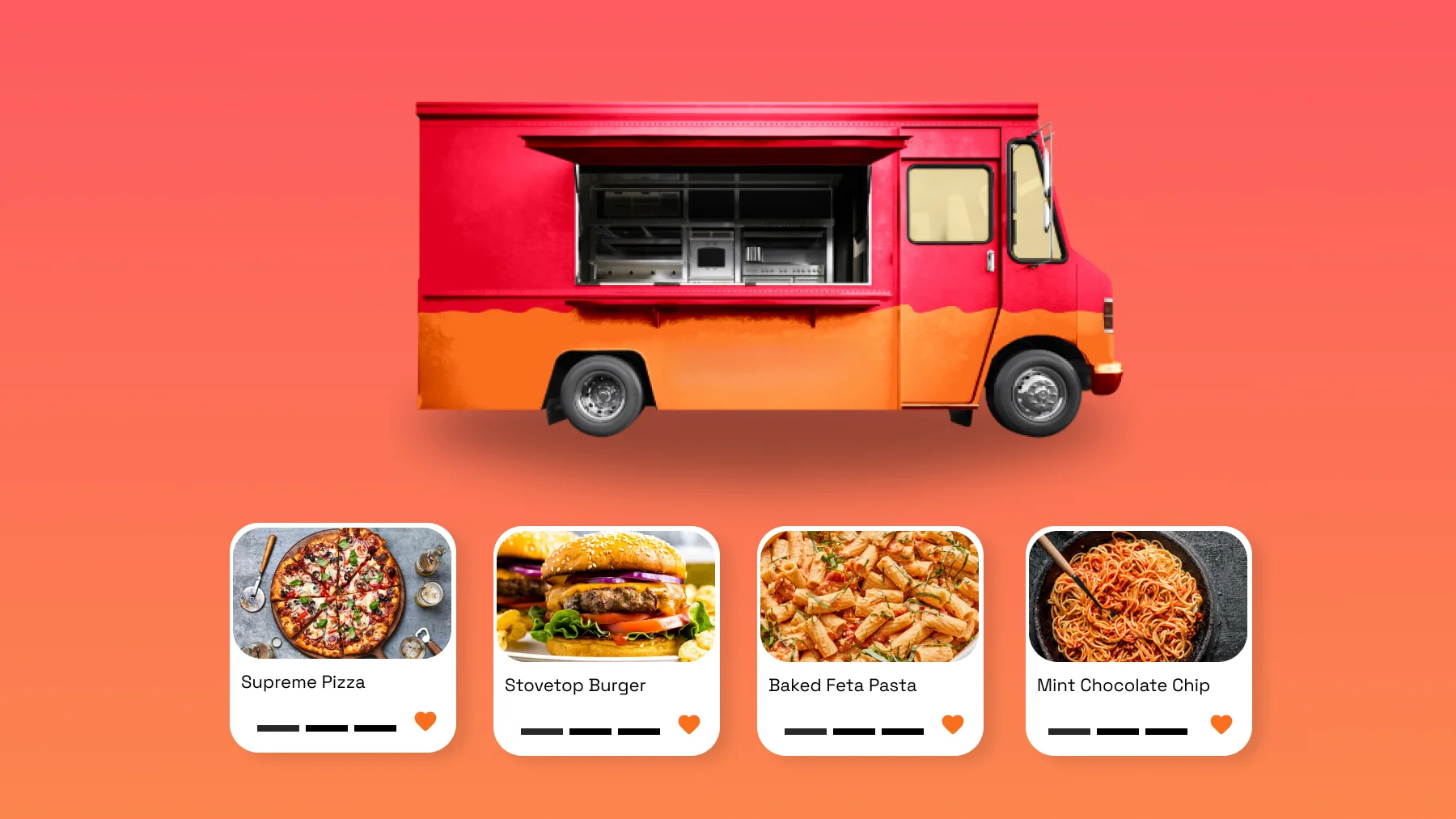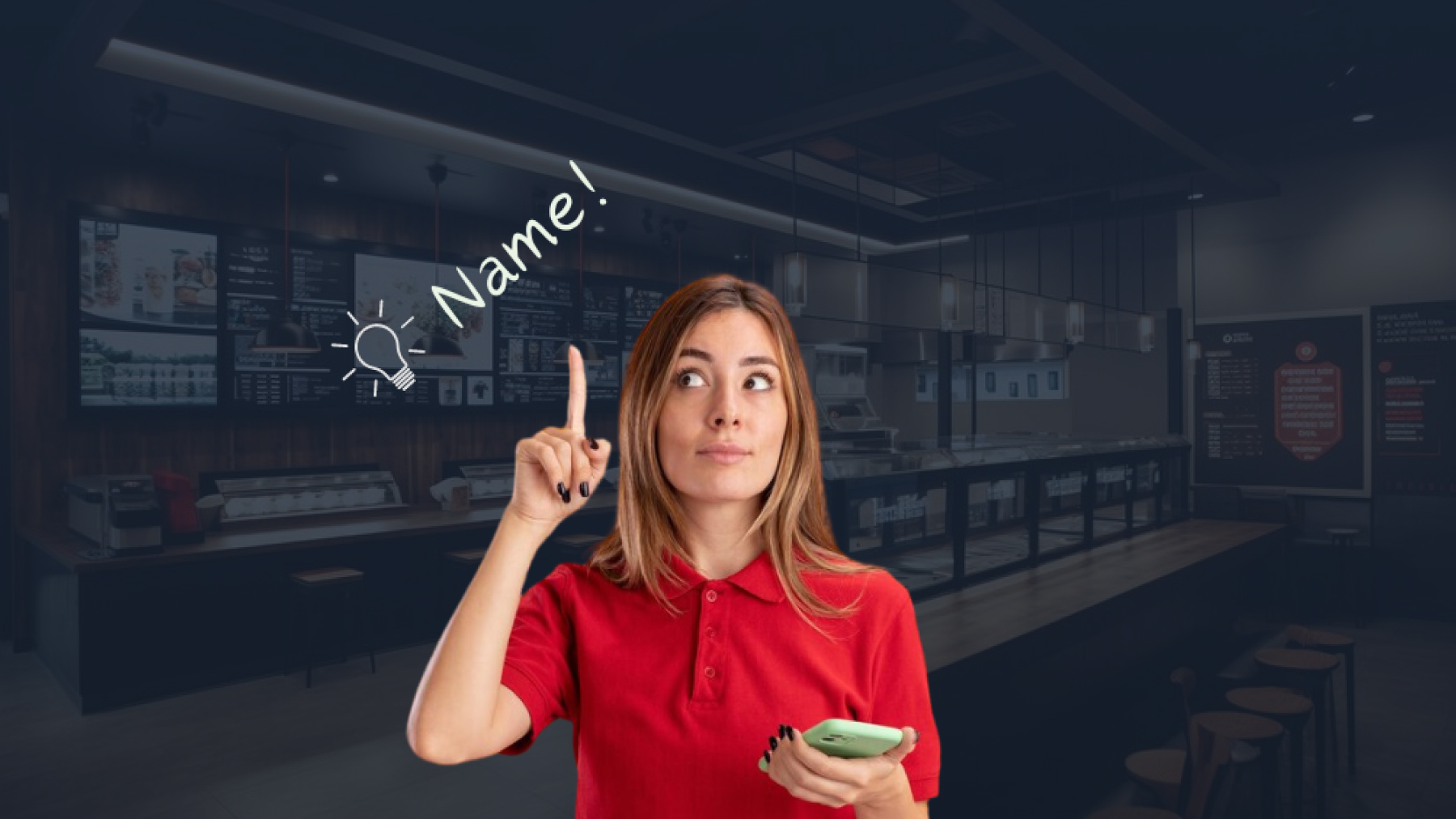Everything You Need To Know About Restaurant Food Photography
Human beings most often experience the world with our eyes first. This is more true in the case of food. Even before we start drooling over food, it is our eye that has already made contact with the image. Not just food seekers and lovers, but humans in general, judge restaurants on the basis of looks. To satisfy such visual creatures, restaurants must keep its food photography top-notch. With social media determining the decisions that customers make, concentrating on this aspect of the business is sure to yield great rewards.
The first best place to use your food’s images is the restaurant website. Create your own restaurant website, enable online ordering and keep it user-friendly and updated. Use professionally shot food images on all the pages of the restaurant website. Portray the restaurant’s online menu through good photography so that sales are automatically boosted.
WHAT IS FOOD PHOTOGRAPHY?
It is a kind of photography that reflects the life present in food and produces its enticing images. Food photography is purely commercial and is used in restaurant menus, advertisements, websites, social media platforms, print media, food packaging, etc.
Restaurants can undoubtedly benefit by using good food photography as a marketing tool and as a part of the restaurant’s psychology efforts.
The mere sight of food stimulates appetite
WHY FOOD PHOTOGRAPHY PLAYS A CRUCIAL ROLE IN THE RESTAURANT WEBSITE & MENU?
Food always lends an undeniable visual appeal. In a restaurant menu, images play a more important role than the name of the item, description or price. Although today’s smartphones produce great photographs that can be used on social media platforms, it is always advisable to seek the help of professionals when it comes to food photography. This is because taking pictures of food is not as easy as it might seem.
Photography done by professionals brings a lot to the table – to mention a few – the image expertise, the unique talent for angle and lens and the creative, artistic eye.
HOW DOES FOOD PHOTOGRAPHY CONTRIBUTE TO A RESTAURANT’S SUCCESS?
Food photography leads to a restaurant’s success in the following ways:
1. It Increases Sales
An image can sell a product. This is evident from the huge success of several e-commerce platforms. Similarly, restaurants can also showcase their juicy, perfectly-aligned burgers to make people order instantly. A photo with the perfect angle and subject composition can effortlessly sell even a moderate item on the menu.
2. It Is a One-stop Solution for Every Marketing Need
A professional food photo shoot requires only an initial investment. But, when the photos are quickly used on the website and online menu, they will immediately start yielding returns.
- Such professional images when used on advertisements increase brand awareness and drive more foot traffic to the restaurant.
- They can also be used on flyers for the restaurant’s latest promotions.
- When used on online ads, they help secure more website clicks.
- When posted on social media platforms, professional food images attract organic traffic to the website and increase the number of followers.
- The images can also be uploaded on third-party food ordering platforms like GrubHub or other travel websites like TripAdvisor. This will make customers choose you over the competition.
It aids in brand building and tells compelling stories – The restaurant owner has the authority to decide how the world perceives the restaurant’s brand. The owner has complete control of what is shown and what kind of image is offered to the outside world. Professional food photography assists in building a brand that is unique, beats competition and also shapes the restaurant’s identity. Photos must vary based on the type of cuisine served.
This blog also presents certain points that can serve as a guide for those looking for tips to produce high-quality food photographs in a cost-effective manner.
TIPS FOR CAPTIVATING FOOD PHOTOGRAPHY
1. Capture the Ambience
Even before taking a look at the restaurant’s food, service or parking space, people look intently at the ambience of the restaurant and how their dining space looks.
Food is definitely a decisive factor. Yet, restaurant interiors and the ambience will also guide customers in making decisions. If the restaurant posts shady images of the ambience on online platforms, they are sure to lose customers.
Restaurants must, thus, start by capturing the interiors and highlight the aesthetically designed, pleasing spots. The physical space must be captured from different angles.
2. Including a Human Element
By including a human element within the frame, restaurants can tell more interesting and unique stories. It involves the simple technique of including a human hand from a top angle. This gives the viewer a perception that the food has been shot from their own point of view.
Showing a human hand as using cutlery will create a sense of movement in an otherwise static image.
If many people are available during the photo shoot, several hands can be included in the frame. Such food images narrate a story of bonding, friendship and happiness that emanates from the sharing of delicious food.
3. Trigger the Hunger Element Through Visuals
“Even before our mouth starts eating, our eyes are already at the task.”
Human eye is the first thing that comes in contact with food or its images. When a guest is hungry, he buys what ‘looks’ appealing first, even if he is not aware of how it would taste.
This is primarily why doctors or nutritionists advise against going to the supermarket when a person is hungry. A normal glance at the food items on display might act as a behavioral trigger, making the person buy more and consume more, resulting in health hazards.
Restaurants can make more sales by making use of the power of visual stimulation. Their food photography has the potential to push customers towards ordering even expensive dishes, simply because it looks yummy or placing orders in greater quantities.
4. Making the Food Look Camera Perfect
You might engage in scratch cooking with the freshest ingredients from the store. But, your practices might not always be reflected well through a lens. It takes some additional effort to convince people through photographs about the freshness and deliciousness of your food.
In order to make the salads and vegetables look amazingly fresh, simply spray water or oil on the surface so that they attain a shimmer during the photo shoot and convey the message of your ingredient’s freshness non-verbally.
5. Using True to Life Colors
Increasing the vibrance levels while editing food photographs will ensure that the colors are close to reality. True-to-life pictures help initiate Call To Actions that boost sales and revenue. However, changing the vibrancy must be handled cautiously and not overdone as it can quickly change the mood of the image leading to undesirable outcomes.
Working with a greater contrast and a warmer color balance helps make food and drinks more appealing and delicious. Adjusting the color balance in post-production is more convenient if the shoot is done in RAW format right from the beginning.
6. Proper Use of Lighting
As far as food photography is concerned, lighting is king. It is the most vital factor that can make the food in the image look appetizing or otherwise.
Professionals will always vouch for the magic that abundant natural light can bestow on food photography. The simple trick is to open the window and allow natural light to rush through.
Food can be highlighted well when it is lit either from the back or the side. Turning off any overhead lights is essential to avoid the resultant yellow tint.
For greater control of the lighting aspect, one can also use a white piece of cardboard or thermocol. This will make the light bounce and reflect on the food in the required manner, at the required spots.
If you are an amateur trying your hand at lighting for food photography for the first time, get the help of someone to hold the white sheet for you as you finalize the perfect angle for that enticing look.
Another important aspect to get rid of is the flash as it will make the photos look harsh, flat and also unappetizing.
7. Using Props, but Sparingly
Plating is an important aspect to make people love the food even before they taste it. So, photographers must make conscious decisions about the kind of plates or cutlery that will be used to present the food in photographs.
Also, secondary elements or props like linen, glasses, ingredients, plants or flowers (real or artificial) in the foreground or background of the food will provide an additional visual interest and a unique dimension to the work.
To make a dish stand out, photographers can use opposing colors or shapes. This will also give a good aesthetic. If there is any lack of color, a few red bell peppers on a cutting board will get the task done. On the other hand, if the dish is already full of colors, photographers must use muted props that do not steal the attention of the viewer from the food.
The bottom-line in using props is to stay away from too much clutter. Unless the restaurant wishes to create a communal sense of gathering with friends and family over a delicious meal, showing the top angles of several dishes on the table must be avoided.
Food images intended to showcase family dinners can include utensils, glassware and linen. This creates a natural feeling of a normal dining room table.
8. High Quality Food Imagery to Win Social Media
Millennials trust Instagram fiercely. They use the social media platform to decide where and what to eat.
Brevity works well in convincing millennials. Therefore, for this demographic, pictures must be the primary means of communication. With engaging pictures and very minimal text, the patronization of this group can easily be won.
Millennials also engage in word-of-mouth advocacy by sharing images, thus, increasing the need to use impactful images. To win the social media and have an inviting online presence, restaurants must use professional food photography and styling elements.
Restaurants can seek professional interference to create exceptional images that can stun social media users, resulting in higher customer attraction and conversion.
CONCLUSION
Having reached the end of this eye-opening article about food photography, you must now be aware of the criteria that must be kept in mind for creating images that leave restaurant guests awestruck. Get in touch with Restaurantify to assist you with restaurant website building and all other digital requirements at a nominal cost.
LATEST BLOG POST
What Is Happy Hour? 10 Foolproof Ways to Make Your Happy Hour Successful
ShareTweetSharePin0 Shares
What does a hostess do at a restaurant? Duties And Responsibilities
ShareTweetSharePin0 Shares
200 + Cafe Name Ideas That Will Make Your Business Stand Out
ShareTweetSharePin0 Shares
How to Craft an Effective Restaurant Mission Statement: A Step-by-Step Guide
ShareTweetSharePin11 Shares
How to Create Food Truck Business Plan? Complete Guide
ShareTweetSharePin11 Shares
How to Choose the Right Restaurant Name (+ 190 Great Ideas & Examples)
ShareTweetSharePin11 Shares
